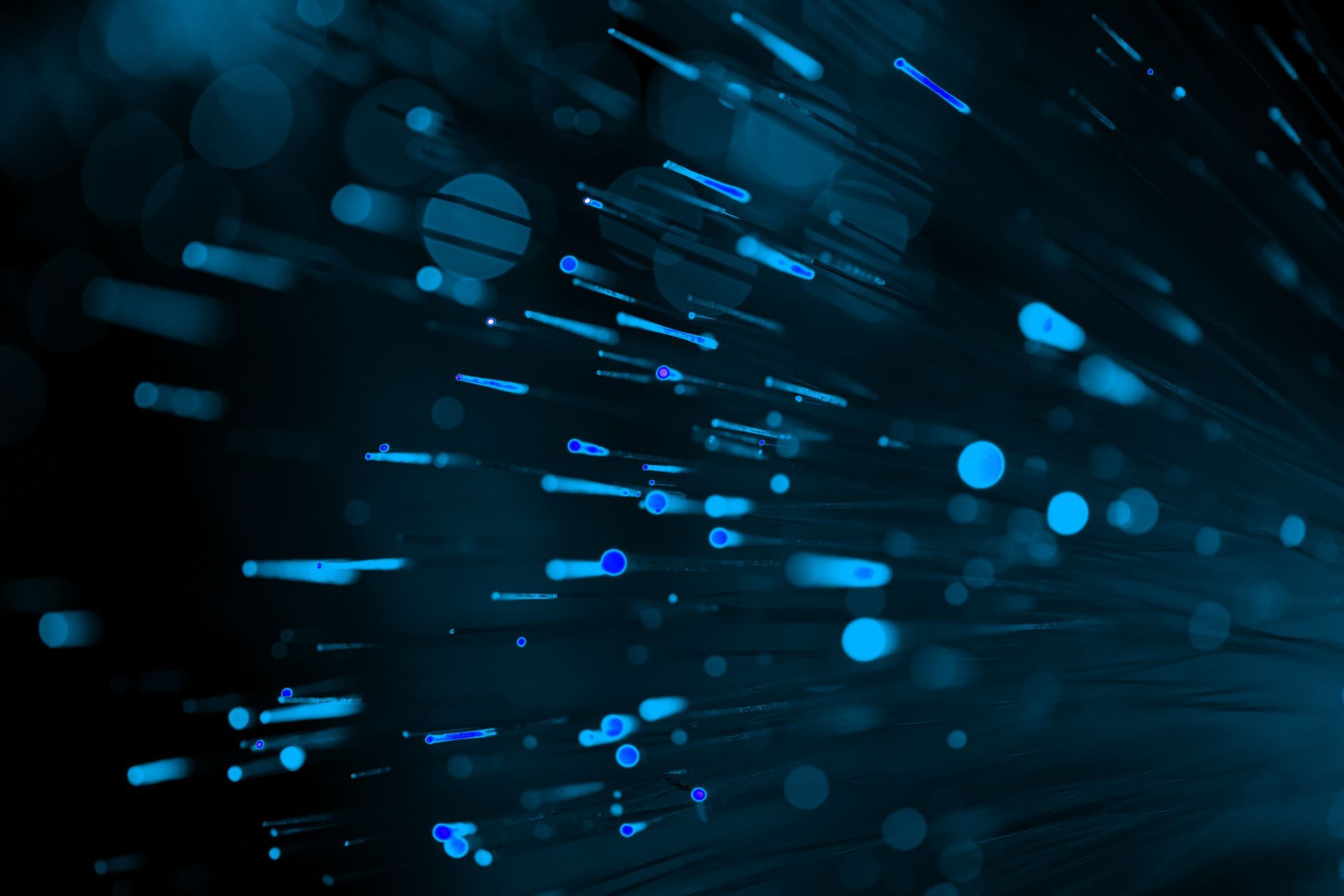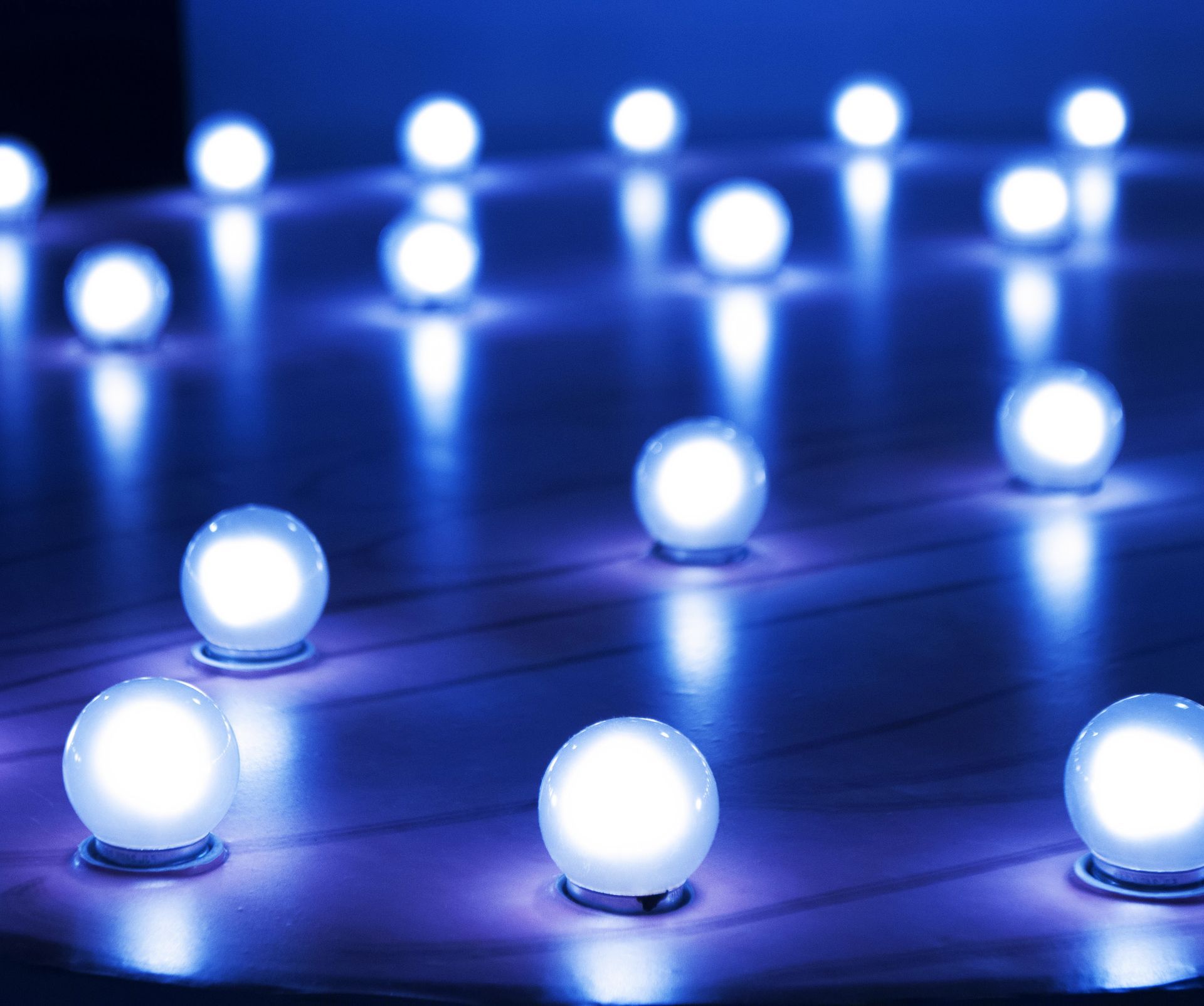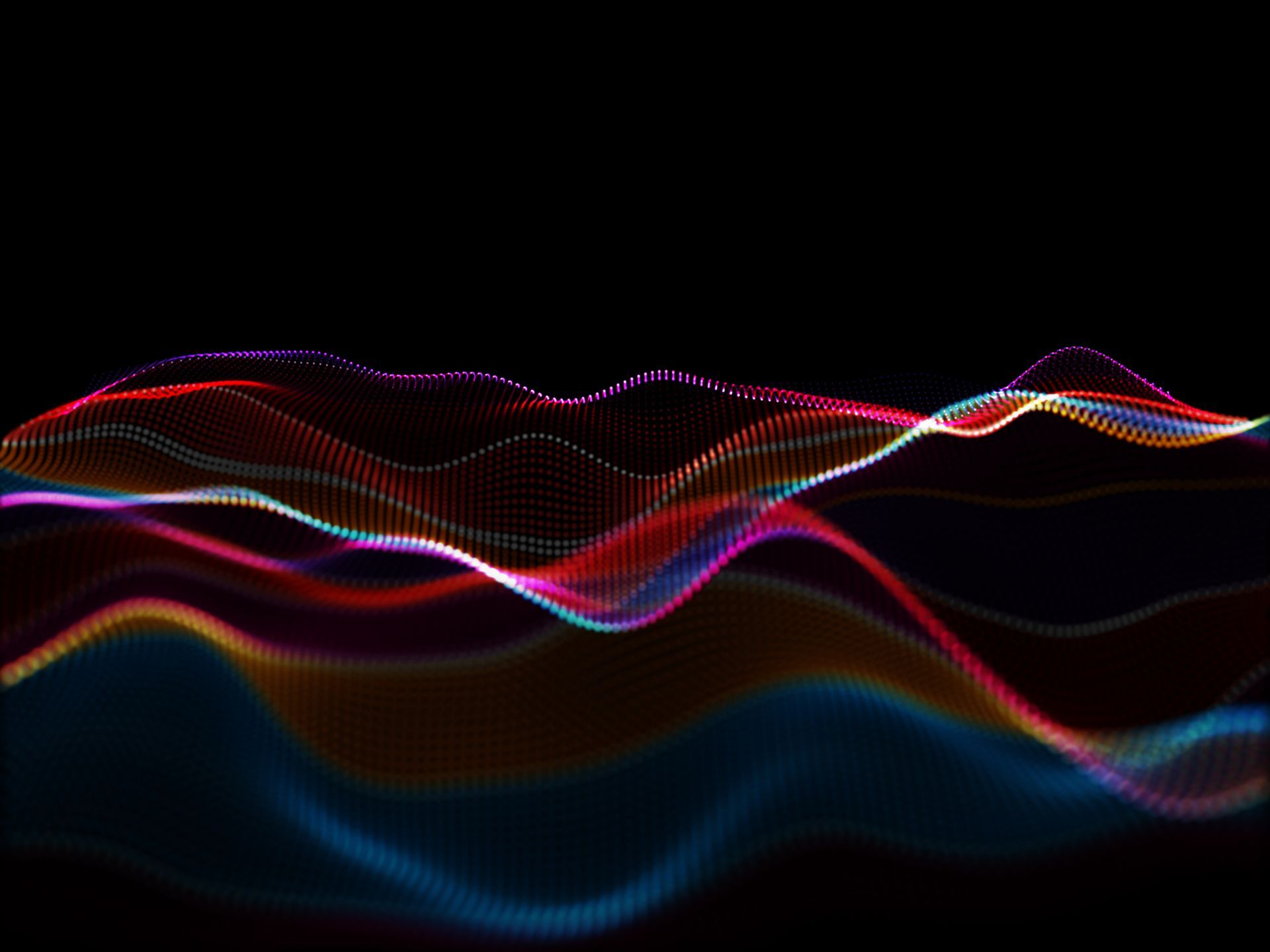The demand for faster and more reliable data transfer is ever-increasing and the answer might be Li-Fi. Traditional communication technologies like Wi-Fi have served us well, but researchers have been tirelessly exploring innovative alternatives to push the limits of data transfer speeds even further. One such groundbreaking technology that holds immense promise is Li-Fi, a wireless communication system that utilizes light to transmit data and position between devices.
The constant evolution of technology, the increasing use of smart devices, and the growing reliance on the internet have led to an exponential growth in data traffic. As a result, traditional communication technologies, such as Wi-Fi, face challenges in meeting the surging data demands, potentially leading to congestion and slower network speeds. Herein lies the significance of faster data transfer speeds and the role that Li-Fi, or Light Fidelity, plays in addressing this need.

What is Li-Fi?
Li-Fi, short for Light Fidelity or Visible Light Communication (VLC), burst onto the global stage when Professor Harald Haas introduced the term during his TEDGlobal talk in 2011. The fundamental idea behind Li-Fi is to use light-emitting diodes (LEDs) to deliver high-speed data transmission, operating across visible light, ultraviolet, and infrared spectrums.
Unlike traditional Wi-Fi, which utilizes radio frequency, Light Fidelity’s unique selling point lies in its ability to modulate light intensity to transmit data, offering a promising alternative to electromagnetic interference-prone environments like aircraft cabins, hospitals, and military installations.
At its core, Li-Fi functions by rapidly switching the current to LEDs on and off, creating light pulses that carry data. These pulses are transmitted at a rate beyond the human eye’s ability to perceive, making the communication invisible to users. Li-Fi’s reliance on light rather than radio waves not only ensures enhanced data security but also presents opportunities for safe usage in environments sensitive to electromagnetic radiation.

How can Li-Fi help with faster data transfers?
In a data-driven era, speed is of the essence. Faster data transfer speeds offer numerous benefits to individuals, businesses, and entire industries:
- Enhanced user experience: Faster data transfer speeds translate into quicker access to information, seamless video streaming, and faster downloads of files, applications, and media. This improved user experience is paramount in ensuring efficiency and productivity in various domains
- Supporting the Internet of Things: The IoT relies heavily on real-time data transmission between connected devices. Faster data transfer speeds facilitate the smooth operation and communication of IoT devices, enabling efficient data exchange and automated processes
- Business competitiveness: In the corporate world, faster data transfer speeds directly impact competitiveness. Businesses with quick access to data can make informed decisions promptly, respond to customer needs faster, and gain a strategic advantage over competitors
- Research and innovation: In research and scientific domains, faster data transfer speeds facilitate the sharing of large datasets, accelerating collaboration and the pace of innovation
The true power of Li-Fi lies in its ability to achieve unparalleled data transfer rates. Researchers have made astounding breakthroughs, reaching data rates of over 224 Gbit/s, far surpassing traditional broadband speeds.
Your data can have a digital fingerprint
This extraordinary capacity empowers Li-Fi to revolutionize various industries, facilitating faster downloads, seamless video streaming, and real-time data transfer in the Internet of Things (IoT) ecosystem.
Li-Fi vs Wi-Fi
Li-Fi (Light Fidelity) and Wi-Fi (Wireless Fidelity) are two distinct technologies used for wireless data transmission and reception. They have unique characteristics and applications, each with its own set of advantages and disadvantages.
Working concept
The fundamental difference between Li-Fi and Wi-Fi lies in the technology used for data transmission. Light Fidelity employs LED bulbs and visible light signals to transmit data, while Wi-Fi uses radio waves and routers to achieve wireless communication.
Light Fidelity, coined by Prof. Harald Haas in 2011, transmits data using modulated light emitted by LED bulbs, which is then received by photodiodes for data conversion. In contrast, Wi-Fi was developed by NCR Corporation in 1991 and operates using WLAN (Wireless Local Area Network) 802.11/b/g/n/ac/d standard-compliant devices with radio waves.

Data transfer speed
One of the significant advantages of Li-Fi is its impressive data transfer speed, which can reach about 1 Gbps (Gigabit per second). This high-speed transmission is achieved because light travels at a faster speed compared to radio waves.
On the other hand, Wi-Fi can achieve data transfer speeds ranging from 150 Mbps to a maximum of 2 Gbps, depending on the Wi-Fi standard and devices used.
Range and coverage
Wi-Fi has an advantage in terms of coverage distance as it can reach about 32 meters, varying based on transmit power and antenna type.
In contrast, Light Fidelity has a relatively limited coverage distance, reaching approximately 10 meters, making it more suitable for confined spaces.
Frequency
Li-Fi operates on the visible light spectrum, which is approximately 10,000 times larger than the entire radio spectrum used by Wi-Fi. This larger spectrum availability gives Li-Fi access to a greater range of frequencies and colors. Moreover, the light signals used in Li-Fi experience less interference, making it suitable for high-density environments.
Wi-Fi, on the other hand, operates on 2.4 GHz, 4.9 GHz, and 5 GHz frequencies and may encounter more interference in crowded areas.
Security
Light Fidelity offers enhanced security compared to Wi-Fi (Wireless Fidelity). The difference in security lies in the way data is transmitted using these technologies.
Li-Fi uses visible light spectrum to transmit data through LED bulbs, and the signals do not penetrate walls, providing an inherent level of physical security. This means that Li-Fi signals are confined to the space where they are provided, reducing the risk of data interception or hacking from outside the confined area. This characteristic makes Li-Fi more secure in environments where data confidentiality is crucial, such as healthcare facilities, research laboratories, or government offices.
On the other hand, Wi-Fi uses radio waves to establish wireless connections, and the signals can penetrate walls, allowing for widespread coverage. While Wi-Fi networks can be secured using encryption protocols, they are still susceptible to potential interference from other devices operating on the same frequency. This interference can compromise network performance and security, making Wi-Fi more vulnerable to unauthorized access in comparison to Li-Fi.

Power consumption
Li-Fi has an advantage in terms of power consumption, as it utilizes LED bulbs, which are energy-efficient.
In contrast, Wi-Fi devices, such as routers and modems, consume higher power levels, leading to increased electricity usage.
Availability and cost
Wi-Fi is widely available and has become ubiquitous in many public places, offices, and homes. Its widespread adoption has made it easily accessible to users.
Conversely, Li-Fi is still an emerging technology, and its large-scale implementation requires further infrastructure development, which is currently limited. This makes Wi-Fi a more cost-effective option compared to Li-Fi.
To conclude, here is a table that showcases the key differences between Li-Fi and Wi-Fi:
| Aspect | Li-Fi | Wi-Fi |
| Technology | Uses LED bulbs and visible light signals | Uses radio waves and routers |
| Invention/Coined by | Prof. Harald Haas in 2011 | NCR Corporation in 1991 |
| Data transfer speed | Up to 1 Gbps | Ranges from 150 Mbps to 2 Gbps |
| Range | Approximately 10 meters | Up to 32 meters (varies based on settings) |
| Frequency of operation | Visible light spectrum (10,000x larger than Wi-Fi) | 2.4 GHz, 4.9 GHz, and 5 GHz |
| Security and privacy | Light signals blocked by walls for enhanced security | Radio waves can penetrate walls, may be less secure |
| Power consumption | Low power consumption using energy-efficient LED bulbs | Higher power consumption with routers and modems |
| Availability and cost | Emerging technology, limited large-scale implementation | Widespread availability, more cost-effective |
Reasonable but not practical, yet
Li-Fi’s light-based transmission does face inherent limitations, particularly concerning its range. Light waves cannot penetrate walls, which restricts the coverage area of Li-Fi networks, necessitating the installation of transmitters in every room to ensure widespread connectivity.
While this may pose certain challenges, recent advancements in signal reflection and bouncing off walls have shown promise in extending Li-Fi’s reach to some extent.
Another challenge in deploying Li-Fi is striking the right balance between illumination and data transfer. Li-Fi LEDs must emit sufficient light to carry data while being dimmed to remain imperceptible to humans. Achieving this balance is crucial to ensure efficient data transfer without compromising illumination for practical usage.
While Li-Fi technology has made significant strides, it remains in its early stages of adoption. Despite initial projections of substantial market growth, Li-Fi has stayed within a niche status so far.
Featured image: wirestock/Freepik.





